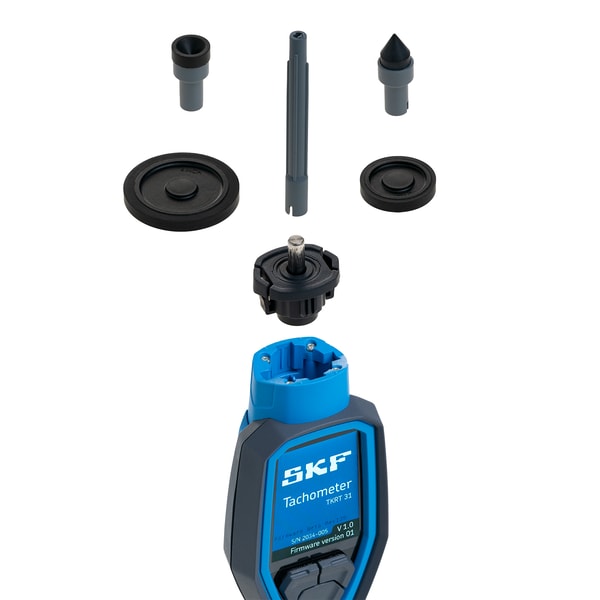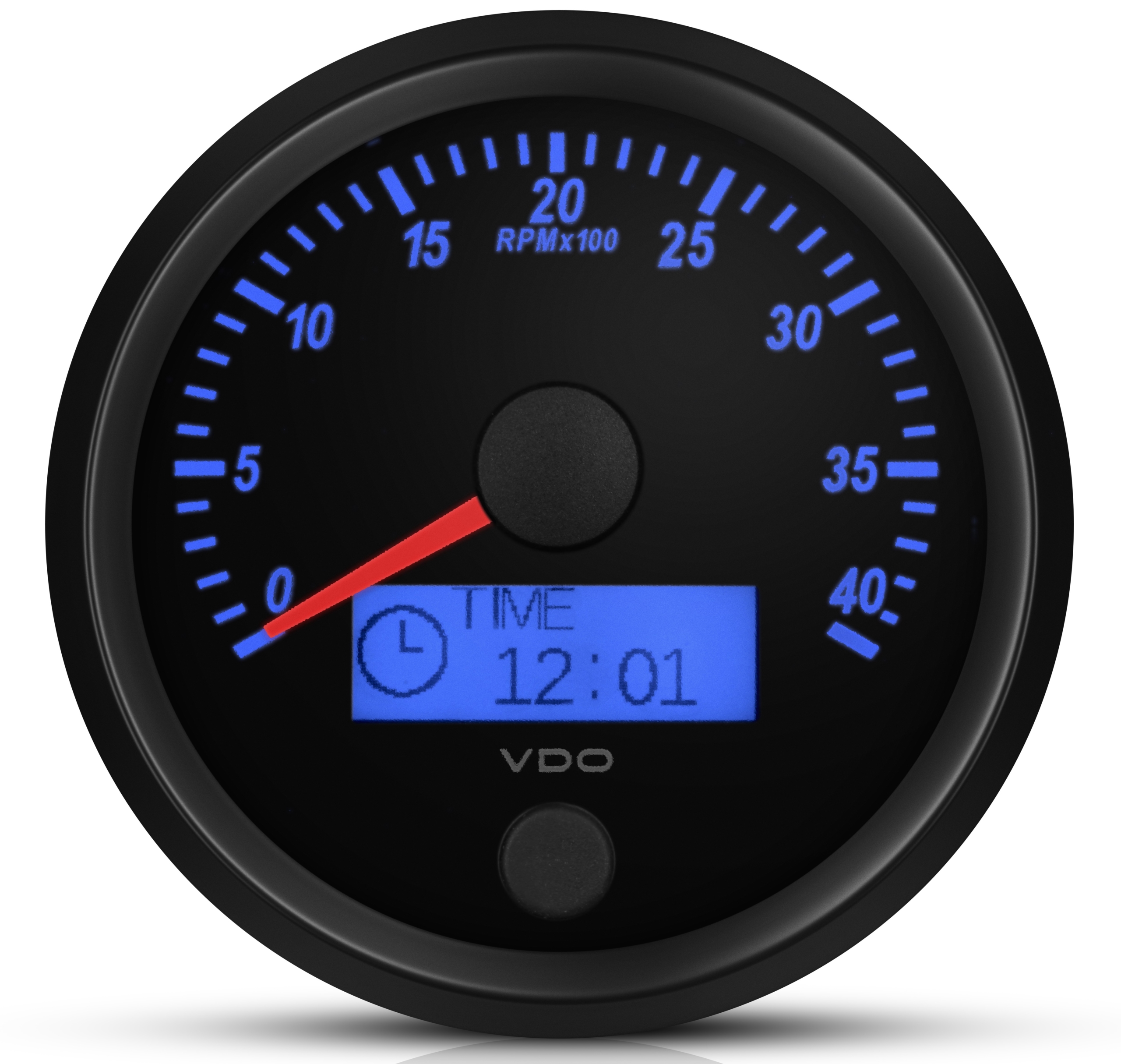Comprehensive Overview to Understanding and Utilizing a Tachometer Properly
Comprehensive Overview to Understanding and Utilizing a Tachometer Properly
Blog Article
The Importance of a Tachometer in Checking Engine Speed and Efficiency in Automotive Applications
In the realm of auto engineering, the tachometer stands as a critical instrument in the motorist's collection, giving a straight home window right into the inner functions of an automobile's engine. Past its feature as a plain scale of changes per min (RPM), the tachometer offers as an essential tool for enthusiasts and experts alike, providing real-time insights into engine performance and health.
Significance of Keeping Track Of Engine RPM
Keeping an eye on engine RPM, or transformations per minute, is a vital element of automobile maintenance and performance evaluation. Engine RPM straight associates with the rate at which the engine's crankshaft turns, suggesting how quickly the engine is running - tachometer. By monitoring RPM, technicians can analyze the wellness of the engine, find prospective issues, and fine-tune efficiency. An uncommon RPM analysis may signal troubles such as engine misfires, malfunctioning stimulate plugs, or issues with the gas shipment system. Regularly high RPM readings can suggest aggressive driving behaviors or the requirement for a higher equipment shift to improve gas effectiveness.
Additionally, checking engine RPM is necessary for performance examination in racing and high-performance automobiles. Maintaining optimum RPM levels is vital for achieving peak power outcome and acceleration. Racers commonly use tachometers to ensure they are running within the perfect RPM array for maximum performance. In recap, keeping track of engine RPM is not just vital for finding issues however additionally for optimizing engine efficiency in different automotive applications.

Advantages of Real-Time Information
In auto applications, real-time data plays an essential function in supplying instantaneous understandings right into the efficiency and problem of the lorry. By continually monitoring various parameters such as engine speed, temperature, fuel usage, and much more, real-time data provides various benefits that add to enhanced efficiency and safety on the road.
Furthermore, real-time data assists in performance optimization by giving instant feedback on driving routines and engine efficiency. Vehicle drivers can change their actions in real-time based on this info to attain much better gas economic climate and lengthen the life expectancy of their lorry.

Moreover, real-time data plays an essential function in modern-day automobile diagnostics, making it possible for specialists to swiftly diagnose and deal with breakdowns. This leads to minimized downtime, reduced upkeep costs, and eventually, boosted general car integrity and longevity (tachometer). By utilizing the power of real-time information, automotive stakeholders can make informed decisions that favorably influence both the performance and long life of the lorry
Effect On Equipment Shifts
Efficient equipment changes in automotive applications considerably affect total efficiency and driving experience. The tachometer plays an essential function in enhancing equipment changes by giving real-time engine rate data to the driver. When approaching the redline on the tachometer, it indicates the motorist to upshift to stop over-revving the engine and creating possible damages. On the various other hand, downshifting at the appropriate minute can aid keep the engine in its power band, ensuring responsive acceleration when required.
Additionally, the tachometer aids in accomplishing smoother gear transitions, specifically in hand-operated transmissions. By keeping an eye on engine speed, chauffeurs can perform equipment changes at the ideal RPM range, reducing snagging movements and reducing wear on the transmission parts. This accuracy on duty changes not just improves driving convenience however also adds to sustain efficiency.
Enhancing Gas Effectiveness
Given the critical duty the tachometer plays in enhancing gear changes for performance and engine wellness, it directly adds to making the most of fuel effectiveness in automobile applications. By giving real-time comments on engine speed, the tachometer aids chauffeurs in maintaining the most efficient RPM variety for fuel economic climate. When drivers continually keep track of the tachometer and readjust their driving behaviors appropriately, they can stay clear of unnecessary gas usage created by over-revving or carrying the engine.
Moreover, the tachometer assists vehicle drivers determine one of the most fuel-efficient gear to be in at any kind of given moment, preventing the engine from functioning harder than needed. This is particularly critical throughout acceleration and cruising, where remaining in the right gear can dramatically impact fuel performance. In addition, the tachometer can inform drivers to prospective mechanical concerns that might be negatively affecting gas economic situation, such as a slipping clutch or a stopped up air filter. To conclude, the tachometer works as an important device in boosting gas efficiency by promoting ideal driving routines and recognizing locations for improvement see this page in the car's efficiency.

Making The Most Of Engine Longevity
The tachometer's role in monitoring engine rate and efficiency is critical in making sure the durability of vehicle engines. By using the tachometer effectively, vehicle drivers can maximize engine durability with mindful RPM management. Consistently revving an engine also high can bring about too much deterioration on crucial components, such as the pistons, shutoffs, and bearings. In time, this can result in lowered engine performance and potential breakdowns. Keeping track of the tachometer permits motorists to stay within the recommended RPM array for their automobile, protecting against unnecessary strain on the engine and extending its life expectancy.

Verdict
To conclude, the tachometer plays an essential duty in go right here keeping an eye on engine rate and performance in automotive applications. By supplying real-time data on RPM, it enables for efficient equipment changes, improved gas efficiency, and maximized engine durability. This device is vital for keeping optimal engine efficiency and ensuring the general capability of a car.
Report this page